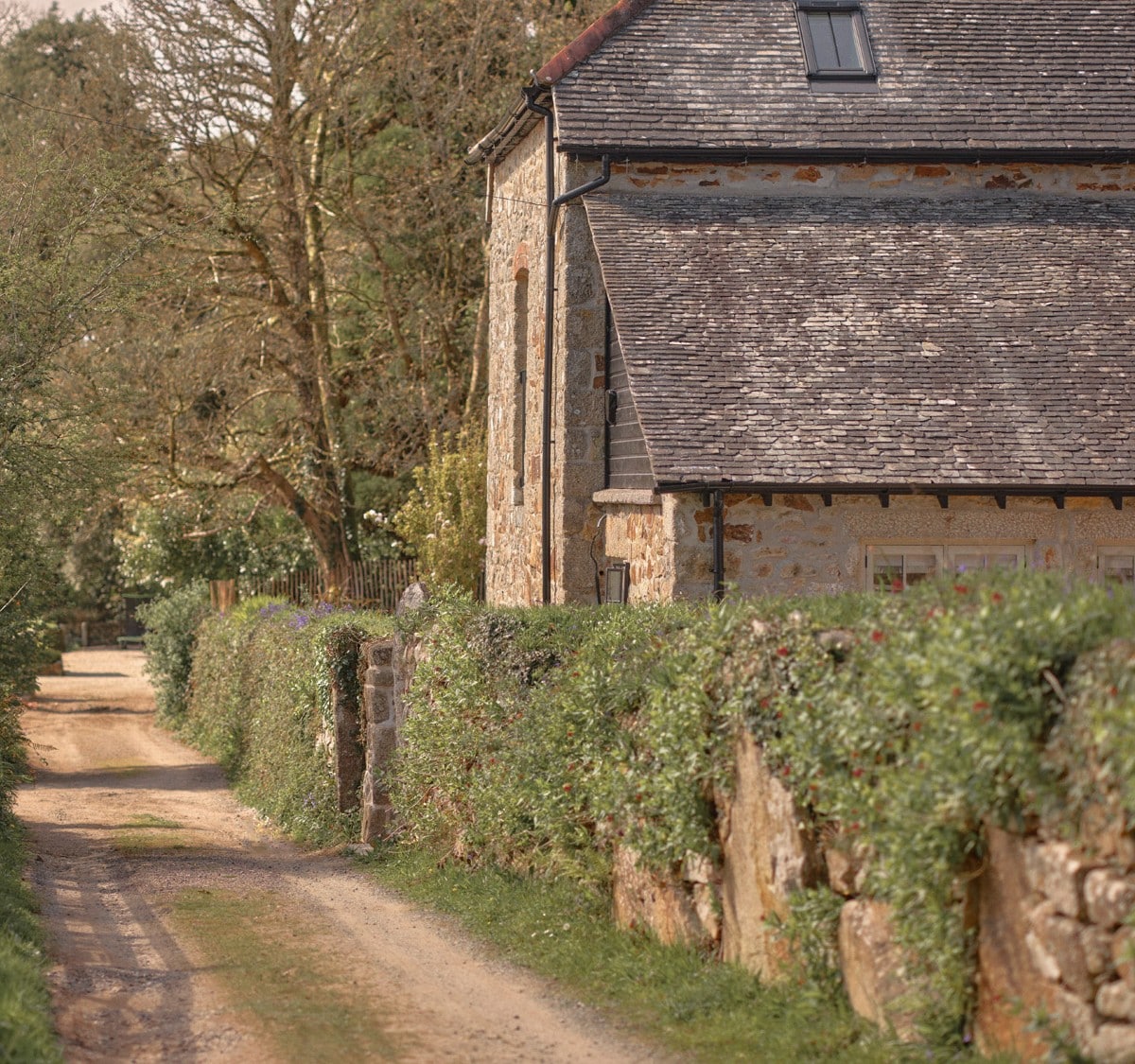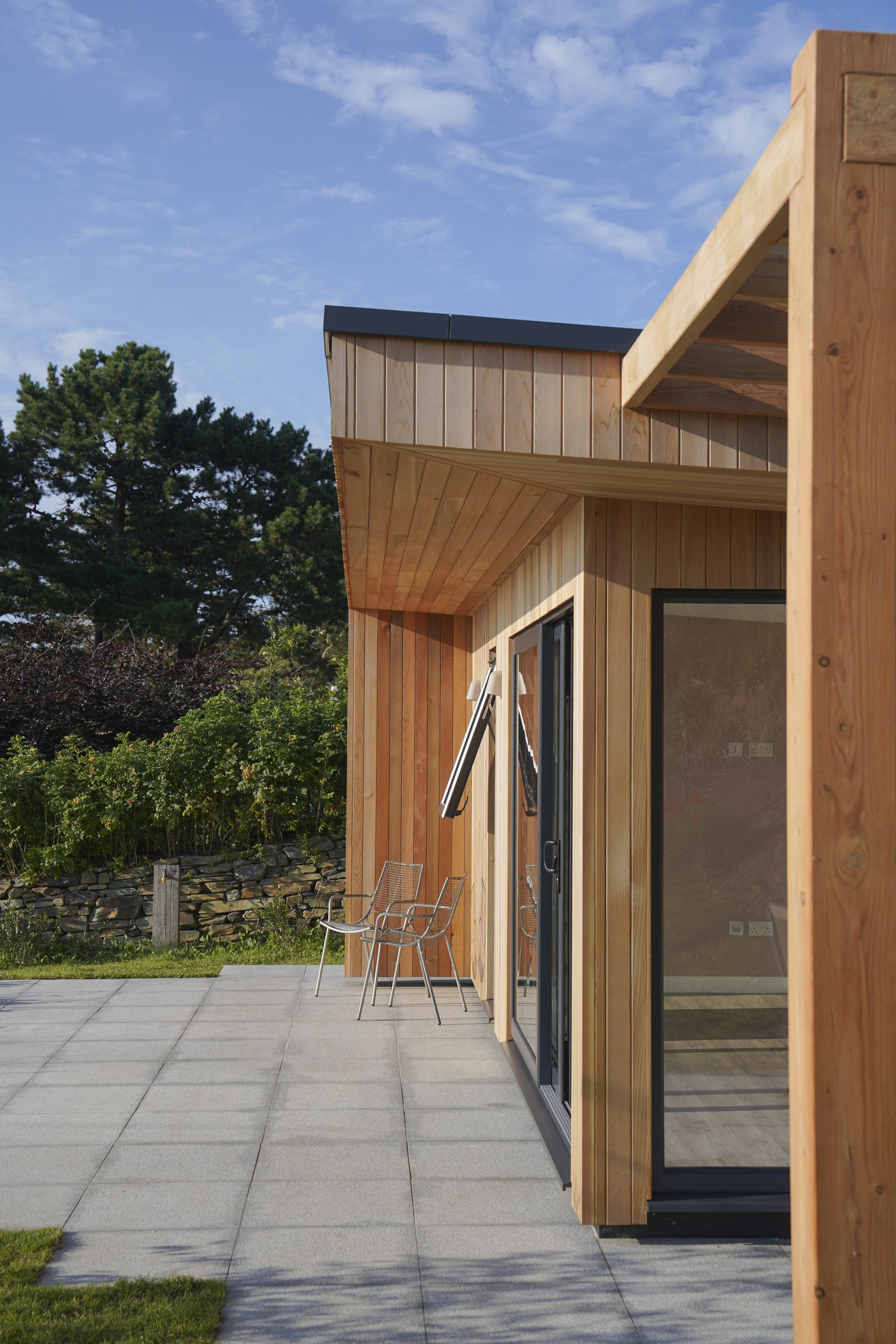Exploring the different types of Designated Areas protections, and dispelling the myths.
Part of our Delving into the Buzzwords series
Share:
There are a number of different types of Designated AreaUmbrella term for areas such as Areas of Outstanding Natural Beauty, Sites of Special Scientific Interest, national parks, historic & conservation areas, etc. , and other kinds of protections that exist, and many of them occur in Cornwall. Here we are going to look at the different types, what they’re for, and their impact on you, as you attempt to get planning permissionConfirmation from the Local Planning Authority (council) that the development will meet laws and principles to maintain or enhance the visual, environmental and social aspects of the local area, covering all the aspects of how people will use the building. The Local Planning Authority’s appraisal prior to granting Planning Permission typically takes 8 weeks, and your neighbours are invited to comment, so early engagement with them is valuable. Alongside the drawings, we submit written documents and consultant reports to support the request. , or build a home.
Area of Outstanding Natural Beauty - AONBs, now known as National Landscapes
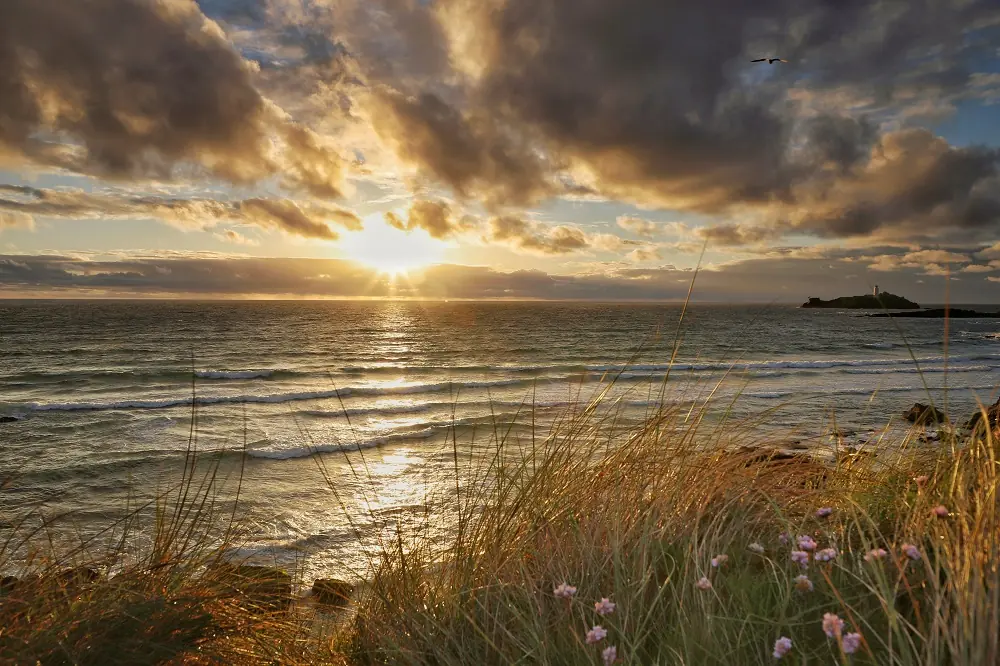
What is it?
These are areas where protections have been put in place to preserve and conserve areas of countryside that have distinctive character and beauty. In Cornwall, they include several separate lengths of coastline, most of the Lizard and Roseland peninsulas, and Bodmin Moor. Part of the purpose of designating an AONBAn area that has been designated for conservation due to significant landscape value (rebranded from AONB to National Landscapes in 2023). is to ensure that the area remains unspoiled, to support the local economy, upholding the tourist economy that relies on it.
What does that mean for me?
It is perfectly possible to build, extend and renovate a property within a National Landscape, but there are restrictions in place to prevent people building things that aren’t in keeping with the local area. Restrictions on size, scale and style exist, and Natural England reviews proposed building and renovation plans alongside the Local Planning AuthorityCornwall Council is the Local Planning Authority for the whole of Cornwall, which determines if planning permissions meet national and local laws and principles. If you live outside Cornwall, or on the Isles of Scilly, your Local Planning Authority will be different., to ensure that all proposals are either beneficial or neutral to the environment.
There are ‘permitted developments’ whereby you can build or extend within certain limits without planning permissionConfirmation from the Local Planning Authority (council) that the development will meet laws and principles to maintain or enhance the visual, environmental and social aspects of the local area, covering all the aspects of how people will use the building. The Local Planning Authority’s appraisal prior to granting Planning Permission typically takes 8 weeks, and your neighbours are invited to comment, so early engagement with them is valuable. Alongside the drawings, we submit written documents and consultant reports to support the request. , including around converting agricultural buildings into residential or commercial spaces.
The immediate impact, for you, is that careful research needs to be carried out, by us or specialist consultants in this area, to ensure that your proposal is likely to meet the requirements (and we’re very familiar with the kind of things that pass – and don’t!), and the planning process takes longer, as Natural England is involved.
You can find out more about National LandscapesAn area that has been designated for conservation due to significant landscape value (rebranded from AONB to National Landscapes in 2023). here, and details about the 12 sections of Cornwall’s AONBAn area that has been designated for conservation due to significant landscape value (rebranded from AONB to National Landscapes in 2023). here.
UNESCO World Heritage Site
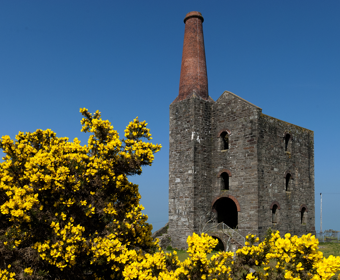
What is it?
Cornwall and West Devon is designated a World Heritage Site, like the Pyramids in Egypt, but not quite as grand – or well known.
Cornwall and West Devon has WHS status due to the mining heritage of the area, with engine houses, foundries, ports and other buildings and groundworks that enabled the region to produce significant amounts of both tin and copper between 1700 and 1914. The ‘area’ is unique in that it covers ten separate sites under one umbrella, and measures are put in place to ensure that this historic hub of industry and innovation is preserved for future generations.
What does that mean for me?
As with AONBs, there are restrictions in place to ensure that the character and attributes (architecture and other features) of the World Heritage Site area are retained. The organisation that oversees this World Heritage Site has an extensive checklist that looks at potential developments, and measures their impact upon the site. Richards is familiar with the requirements, and can help you ensure that your plans will be acceptable, bringing in external experts if necessary. If it is thought to be necessary, then a Heritage Impact Assessment report can be commissioned, which will add to the time that your design takes to complete.
You can find out more about the Cornwall and West Devon World Heritage Site here.
Site of Special Scientific Interest – SSSI

What is it?
An SSSIAn area that has been recognised for its special flora, fauna or geology, representing national heritage or a unique habitat. is an area that has been designated by Natural England, due to its features of special interest, such as wildlife, geology or landform. There are a number of these in Cornwall, including coastlines and dunes, river estuaries, woodland, and moorland. Each area has a designated Impact Risk Zone, with areas of decreasing risk marked on the map – clearly building right on the very edge of the SSSIAn area that has been recognised for its special flora, fauna or geology, representing national heritage or a unique habitat. is going to have a greater impact on the area than building a bit further away, and the restrictions take that into account. Different areas have different restrictions, depending on the type of the site; marshland, woodland or dunes require different management to preserve their unique habitats and geology.
What does that mean for me?
Most of the SSSIs in Cornwall aren’t actually places where it’s possible to build – dunes, or river margins, for example. However, your site may fall within an Impact Risk Zone. Some activities are permitted, but there are ‘listed operations’ for which you will need permission from Natural England. Again, managing your proposed building project in line with the restrictions given around these sites will make for more paperwork, and a longer progression through the planning process, but Richards has worked with local specialists, the Local Planning AuthorityCornwall Council is the Local Planning Authority for the whole of Cornwall, which determines if planning permissions meet national and local laws and principles. If you live outside Cornwall, or on the Isles of Scilly, your Local Planning Authority will be different. and Natural England on previous occasions, and is familiar with the process.
You can find out more about SSSIs on the Natural England Designated Sites viewer.
Listed Building
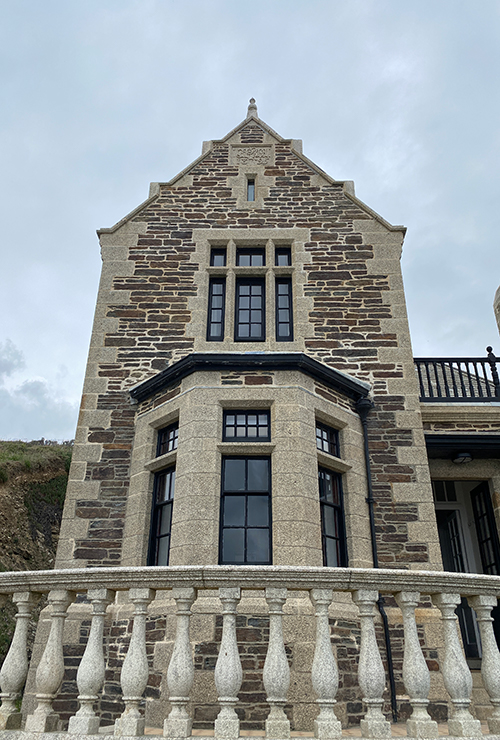
What is it?
A Listed BuildingA building (or part of a building) of historic significance, which is nationally registered and protected. Can include old stone gateposts, ancient monuments, and other things you might not expect. is a structure that has architectural or historic significance, which is nationally registered and protected. These can include ancient monuments, gateposts, sections of hedgerow or walls and other things you might not expect, as well as public and private buildings, or even parts of buildings. Levels of grading exist – I is the highest, then II and II*.
There are many of listed buildings across Cornwall, and they can be very old, or more modern, as there are a variety of different reasons why a building may be listed. For example, New County Hall, in Truro, is Grade II listed, as an excellent example of 1960s concrete architecture. Grade I listed buildings (around 2.5% of the total) are of the highest national, architectural or historical significance. Examples in Cornwall include Truro Cathedral, and Pendennis Castle.
Grade II* buildings have a specific characteristic of special interest, such as an aesthetic feature, and the majority of listed buildings (92%) are Grade II listed.
What does that mean for me?
If you have a Listed BuildingA building (or part of a building) of historic significance, which is nationally registered and protected. Can include old stone gateposts, ancient monuments, and other things you might not expect., or your building has listed features, or there is a feature on your land that is listed, then there are restrictions on what can be done. You may be able to carry out the work you propose without any difficulty, but it is likely that you will need to apply for ‘Listed BuildingA building (or part of a building) of historic significance, which is nationally registered and protected. Can include old stone gateposts, ancient monuments, and other things you might not expect. Consent’ from your local planning authorityCornwall Council is the Local Planning Authority for the whole of Cornwall, which determines if planning permissions meet national and local laws and principles. If you live outside Cornwall, or on the Isles of Scilly, your Local Planning Authority will be different., if there is more extensive work to be carried out. Again, this will take longer than a standard planning application, but Richards has trodden this road before, engaging specialists to support various previous clients, and are happy to advise.
You can find out more about Listed Buildings on the Historic England website.
See our projects for the National Trust, and at Royal Garden for work we have done on Grade II listed properties recently.
Protected Tree
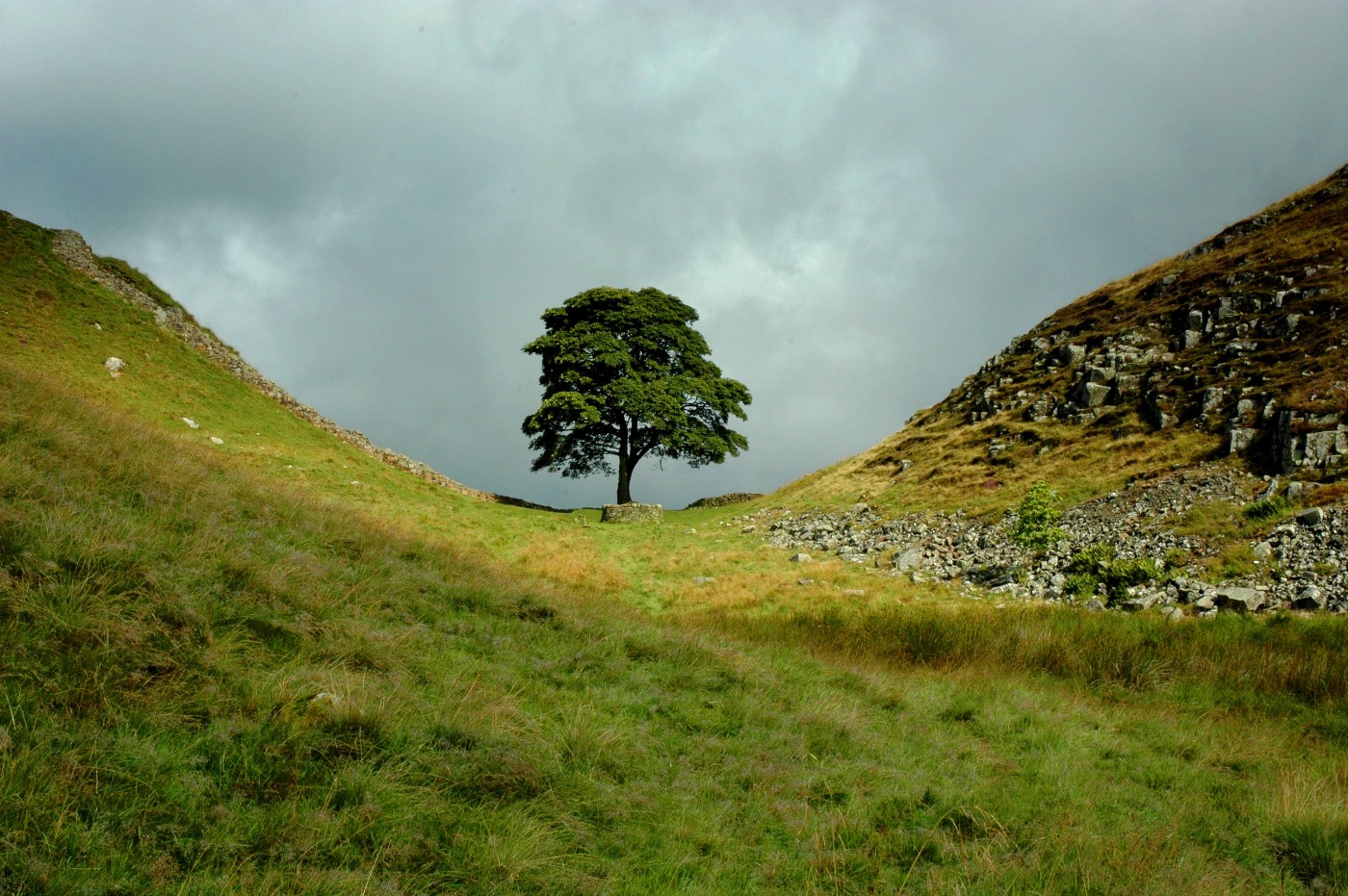
What is it?
Protected treesA tree or group of trees that are protected due to their type, age, size, location, historical significance or value to local communities. Also covers trees in conservation areas. are like Listed Buildings, but trees, groups of trees, or woodlands. Officially called Tree Preservation Orders, they can apply to trees in conservation areas, and AONBs, and other designated areas, and also other trees, where their removal would cause significant negative impact to the local environment, and its enjoyment by the public. Trees can be protected due to historical significance, rarity, and their impact on the landscape, as well as other factors. A tree under a Tree Preservation Order is protected from chopping down, topping, lopping, uprooting, and wilful damage or destruction. The Sycamore Gap tree in Hadrian’s Wall (above) is a well-known example of a Protected Tree that was recently wilfully damaged.
What does that mean for me?
If there are any protected treesA tree or group of trees that are protected due to their type, age, size, location, historical significance or value to local communities. Also covers trees in conservation areas. on your land, care needs to be taken to ensure that any building work does not impact negatively on the tree, either in the design or construction stages. For example, building too close may be damaging to the roots, and you need to ensure that cranes and work lorries are not getting too close to the tree, when on site.
Richards has experience working with Protected TreesA tree or group of trees that are protected due to their type, age, size, location, historical significance or value to local communities. Also covers trees in conservation areas., both in the design and construction phases of your build. We routinely employ a qualified arboriculturist to assess the condition of the existing trees, and detail protection measures to satisfy the Tree Officers’ criteria, and will endeavour to protect any existing garden features that you wish to retain, in addition.
You can find out more about Tree Protection Orders on the Government’s website.
And everything else!
These are the main designated areas that we regularly encounter in Cornwall, but there are others. There are endangered species whose breeding, nesting or hibernating seasons must dictate building work schedules. There are DarkSky Dark Skies areas, where external lighting, is restricted, to allow for better stargazing. There are a handful of Registered Battlefields here, where that history must be taken into consideration in the planning process.
In areas where there is a gorgeous landscape, you may be required to have a Landscape and Visual Impact report drawn up, in order to satisfy the Local Planning AuthorityCornwall Council is the Local Planning Authority for the whole of Cornwall, which determines if planning permissions meet national and local laws and principles. If you live outside Cornwall, or on the Isles of Scilly, your Local Planning Authority will be different. that you’re not going to damage the view for future generations.
And as of 2024, there isn’t a National Park in Cornwall, although there are proposals to create one (or more) somewhere in England, and nominations are being discussed. We may yet get one, which will be a whole different set of questions to answer at the planning stage. It may not happen in Cornwall, but we’re happy to work with you if it does, or if you wish to engage us for a project in a National Park elsewhere.
How will I know if any of this impacts me?
Well, that’s the million-dollar question, isn’t it!
There is a wonderful free mapping service, on the DEFRA website, called, appropriately, Magic map. You can filter for almost anything, except protected treesA tree or group of trees that are protected due to their type, age, size, location, historical significance or value to local communities. Also covers trees in conservation areas., unfortunately, and find out whether any listed buildings or SSSIAn area that has been recognised for its special flora, fauna or geology, representing national heritage or a unique habitat. Impact Risk Zones affect your property. If they do, all is definitely not lost, and we are happy to help you work through the additional paperwork and planning hurdles that may arise, and link you with our contact list of experts, where necessary. Just be aware that it will take longer, and potentially cost more to have extra reports drawn up. But it’ll be worth it in the end!

